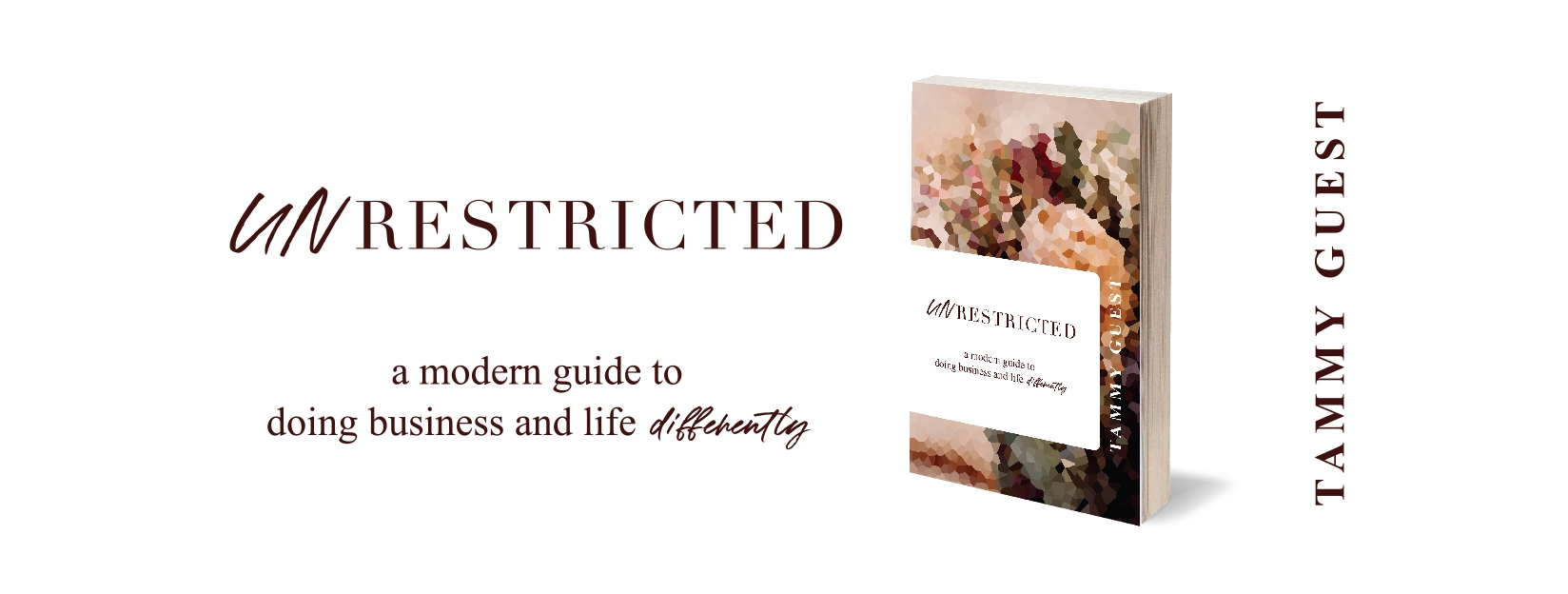I am often asked about how to have those difficult conversations with:
- your boss
- a particular colleague
- someone you’re collaborating with (and they’re not getting back to you!)
- the person doing your website or marketing
- an employee in your clinic (when you are trying not to be icky and weird even though you’re totally off your face frustrated about something)
- trades people
- anyone really
Knowing how to give feedback gracefully can be a challenge (especially when you want to throttle someone). So, I want to share with you my 6-step feedback model to help you communicate with anyone in a constructive way. It’s called SBINOA. Let me explain how it works…
Easy 6 Step Process to Give Feedback Gracefully
I have this really simple 6 step technique for giving feedback that has helped me sack people, to give feedback, to get people to pay me more, and to create a change in my business. I really wanted this change to happen for quite some time but I didn’t get the shift until I started using this particular technique. I learned this awesomeness through Paul Macklin of Amazing People and have used it ever since.
There are all sorts of reasons why we want to give feedback to somebody, such as:
- getting a shift or a change in the way that something is happening (or not happening) for your business
- when you’re not getting a response back in an email that you expected in a timely fashion
- if somebody is ghosting or disappearing on you
- working in a multi-modality clinic with other staff members (as either an employee or an employer)
and anytime you want to give feedback without losing your cool and sounding like a jerk!
This system has been modelled off a friend of ours who runs an amazing company called Amazing People. It’s about how you can communicate better, create leadership potential, and have courageous conversations.
So this is kind of a courageous conversation template.
Are you ready?
It’s called the SBINOA feedback model.
Constructive Feedback Model: SBINOA
S = Situation
B = Behaviour
I = Impact
N = Needs
O = Options
A = Agreement
Step 1: Situation
Example 1: “So, Mary, you’ve been late to work a lot recently (situation). We have to talk about your punctuality, all right? “
Example 2: “Bob, we need to talk about you not delivering my social media posts as agreed (situation).”
So you start by talking about the situation. You’re not bringing in any emotion or feelings about this, you’re literally just stating the situation (punctuality or not delivering as promised).
Step 2: Behaviour
Next is behaviour. What is the behaviour this person is doing?
Example 1: “So, Mary, we need to talk about your punctuality at work (situation). More than six times in the past thirty days you have been late to work (behaviour).”
Example 2: “Bob, we need to talk about you not delivering my social media posts as agreed (situation). We agreed that you would be doing 30 social media posts and you’ve only published eight of them (behaviour).”
So again, we’re not bringing in emotional feelings, we’re just stating the facts. The facts are the situation and the behaviour.
Step 3: Impact
Now you’re going to talk about the impact of the situation and the behaviour.
What is the impact on:
- the culture in your office or workplace?
- other people around you?
- you personally?
- how much income is being missed?
Example 1: Punctuality. The impact might be:
- missing certain clients that come in the door at a certain time (financial)
- opportunities to sell extra herbs or other upsells (financial)
- stress on other employees in the workplace to cover (culture)
Example 2: Social media falling behind. The impact might be:
- the algorithm isn’t picking you up
- an expected increase in engagement
- you’re not reaching the people as expected
(These are all financial impacts, ultimately. If you’re not reaching those people, 10% of those might have turned into paying clients. So it could be $500 that you’re losing over a month if that person isn’t regularly posting your social media.)
Again, you’re letting go of the emotional or feeling side of things and just stating the facts.
You’re not saying, “the impact is you’re being a bitch and I don’t like it” or “the impact is it’s not working for me and I don’t want to do it anymore.”
The impact must be identified without all of the emotion and the feelings attached to it. It’s really important to step away, to step back and consider what’s the actual impact on what’s going on. And what role do both of you have to play?
When you really do a deep dive into the impact side, it changes the way you experience it. Because what happens if you are actually losing money from that inaction? What happens if you are missing the reach that you could be having?
For instance, the impact of my website being down is huge. I get a hundred and eighty visits per day on my website and if 10% of those were going to convert into customers, then that’s money that’s being lost by my website not being up.
A common example is when someone ghosts you.
This is a really common one where people get overwhelmed. Sometimes it’s that the dog needed to go to the hospital or some other random thing, but they didn’t communicate why they disappeared and they aren’t answering your emails. The impact of them not answering the email is that you’ve needed to check your emails more regularly. You can’t move forward with X, Y, or Z because you were expecting whatever it was.
The impact needs to be delivered in a way that is free of the cranky face kind of stuff that we often drag into the conversation.
Step 4: Needs
Now we’re going to talk about your needs.
Example 1: “What I need from you is to turn up to work on time, every time, for 30 days.”
You’ve outlined the situation and the behaviour that’s the problem, and now you’ve identified what you need from them.
Here’s where the question arises: What do they need from you?
This is where you have to suck it up. At some point, it’s a 50/50 situation. There’s a reason that the whole situation has gotten to the point where you need to give feedback. They’re obviously not getting something from you to be able to provide whatever it is you’re asking them to provide. You have to be open to getting to what they need for that to be a reality.
For instance, with our example about Mary being late for work all the time: If we need her to be on time for work 30 days out of 30 days, what does she need to be on time?
She might have a situation that she hasn’t told you about. Maybe it’s about her kids, her dog, or her IBS and she has to stop on the way to work. This is where you can both have a conversation. And it’s a conversation – a two-way thing. So you must be open to having a conversation about what they need for this to be a reality. This is the same whether you’re talking to a VA or somebody who hasn’t emailed you back.
Ask the question, “What do you need from me to be able to deliver this?”
Step 5: Options
This is the next level of the two-way conversation. You’re clear on the situation, the behaviour, the impact and your needs.
Example 1: In the case of Mary, her needs might be that she needs an extra five minutes or to start at 9:30 rather than 8:30.
Here is where you look at your options. You could:
- sack Mary
- get somebody else to do that first half-hour shift
- something else – what brainstorming ideas does Mary have?
Example 2: In the case of someone not returning your emails, you might say:
“I think I can see three options. One – you could answer my email by the end of this week. Two – I could go with somebody else and get some help from them. Or three – I could just give up. But I’d love to know what your answer is.”
So you’re giving them options and there’s an opportunity to get some options back.
Step 6: Agreement
The last step is agreement. An agreement is where both parties are saying yes. So both parties agree on what will be delivered by a particular time in a particular way.
So at this point, you’ve identified the situation, behaviour, impact, needs of both parties, and some options for how to proceed. Now it’s time to reach an agreement about how you will move forward.
Your agreement needs to be smart just like a smart goal. It should be dated and quantified.
And if the first agreement doesn’t work out, you can always make a new one.
Recap: Six Steps of the SBINOA Feedback Model
-
- Situation – state the situation
- Behaviour – what is the behaviour being exhibited?
- Impact – outline the impact on you, your business, and your financials
- Needs – what needs are required from you and from them
- Options – identify the options available to you both
- Agreement – agree on what will happen going forward
This has been extraordinarily useful for me in so many situations so I wanted to share it with you today.
If you’re you’re not getting where you want to be when:
- working with someone in a collaboration or project
- getting information from your associates
- running around with staff
- you’ve got clients that you want to give feedback
- there are colleagues that you need to give feedback to
- you want clarity conversations
Then this SBINOA feedback model is really helpful. When I use this technique, I have a card with the details on it to use as a reference when I’ve had to have conversations like this. You actually even go through it together because the first conversation can be a bit icky. You might say, “I haven’t had these conversations before but here’s a model I’m going to use today. So this is the situation, this is the behaviour, this is the impact it’s having, these are the needs that I have. What do you see as options and what can we come to an agreement with?”
A conversation using this model can actually come out really beautifully if you’re open and let go of the outcome. This is probably a conversation that both of you needed to have together because remember – the conversation is a two-way thing.
Take Action
Hopefully, this has been helpful to you or for someone you know. If you think it might be, please share it.
I’d love to hear your feedback as to whether or not that’s been useful to you. Comment below or join us in the Natupreneur Hub for trainings like this every week.










Leave A Comment